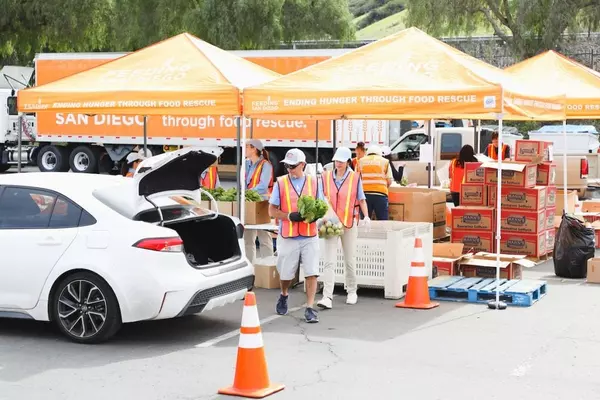More help for HOAs with balcony inspection requirement
Civil Code Section 5551 requires all HOAs to inspect “exterior elevated elements,” which are California HOA’s responsibility by Dec. 31. That statute requires the inspection to be conducted by a licensed architect or structural engineer, and many HOAs are having difficulty finding such professionals to perform the required inspection.
Assembly Bill 2114 helps broaden the field of experts authorized by the statute to perform these inspections by adding civil engineers to the list of authorized design professionals. The bill amends Civil Code Section 5551(b) by adding civil engineers to the list of permissible inspectors. There are over 49,000 civil engineers licensed in California, per the Bureau of Labor Statistics. The structural engineering profession is far smaller in number — the Structural Engineers Association of California has 3,500 members. The increase of available engineers now able to help HOAs with these inspections hopefully will help the thousands of HOAs who have not yet complied with the statute.
Fortunately, A.B. 2114 was passed by both houses and was signed into law by the governor on July 15. The bill was an “urgency” bill and effective immediately once the governor signed it. The updated language of the statute is available on the California legislatures website at www.leginfo.legislature.ca.gov.
When contracting for these inspections, remember that the inspections are visual. No destructive testing is required (i.e., dismantling of building elements).
Also, look closely at the definition of “exterior elevated elements” in subpart (a)(2) of the statute. These elements include wood structure walking surfaces (balconies, stairs, and walkways) extending beyond the exterior walls of the building and are at least six feet above the ground.
Many HOAs are signing contracts that go far beyond the required inspection elements, and that is fine as long as the HOA is aware and desires a more comprehensive inspection than required.
Once the inspection is completed, the HOA is not required to obtain its next inspection for nine years.
If there are exterior elevated elements that are not HOA responsibility to maintain or repair, those are excluded from the required inspection. This means that planned developments are probably excluded from the statute, unless the planned development HOA has a responsibility to maintain or repair exterior elevated elements. The statute most likely applies to condominiums, stock cooperatives and community apartments.
Some townhouse-style associations or other associations with two-story buildings have chosen to amend their CC&Rs to remove balcony responsibility from the HOA and place it upon the individual unit owners.
Any doubt regarding how the statute applies to a given HOA should be referred to the HOA’s legal counsel for guidance.
The law helps reduce the hidden danger of wood weakness from dry rot or other causes. HOA boards and their managers should be working to make sure their HOAs comply with this law as soon as possible. Compliance is legally required, and in my view morally required. Compliance is also good business because the sooner one catches building deterioration the less it normally costs to repair it.
Richardson, Esq. is a fellow of the College of Community Association Lawyers and partner of Richardson Ober LLP, a California law firm known for community association advice. Submit column questions to kelly@roattorneys.com. Past columns at www.HOAHomefront.com.
Categories
Recent Posts










GET MORE INFORMATION


